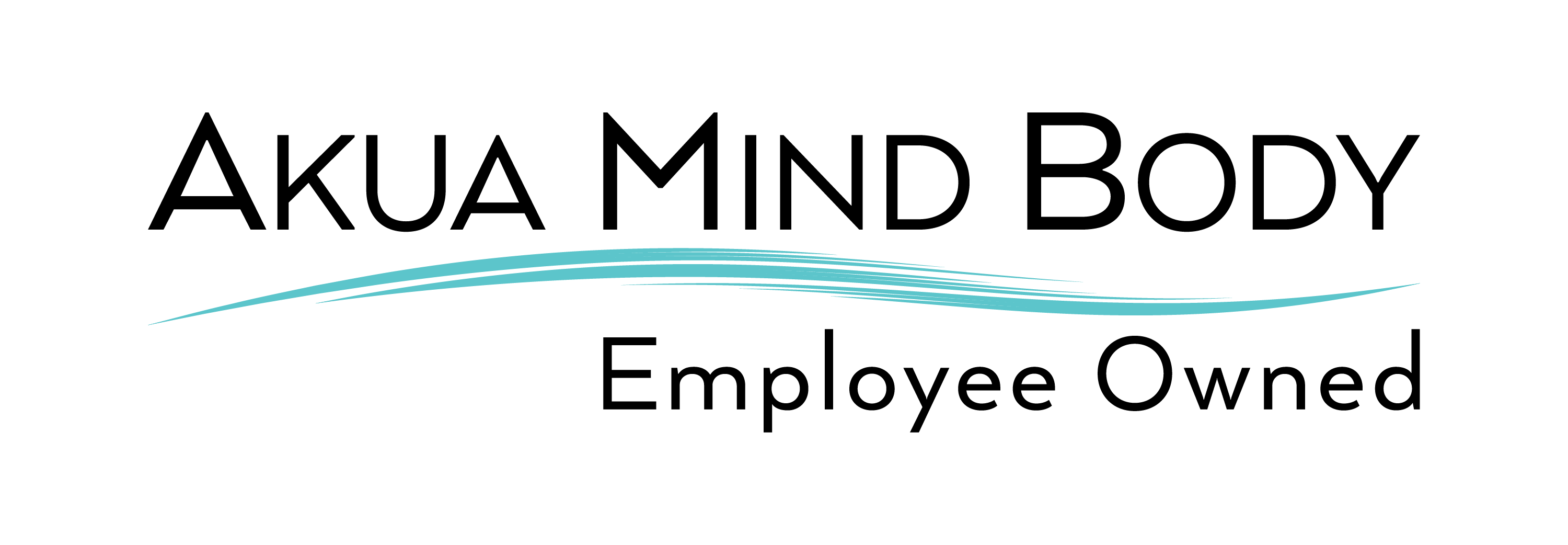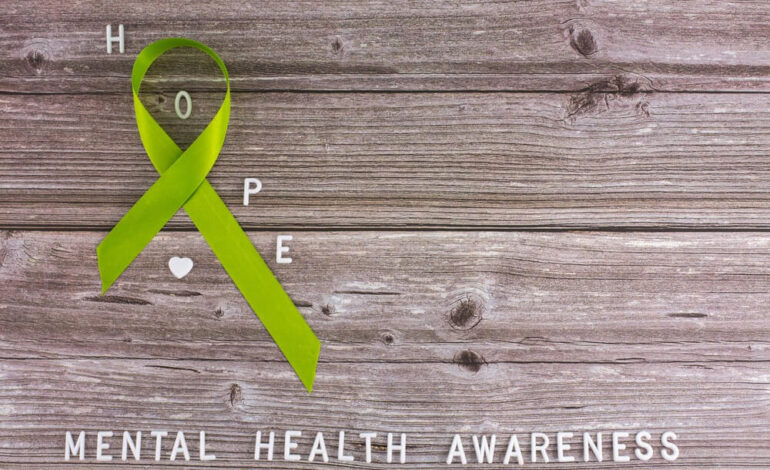October is known as National Substance Abuse Prevention Month since 2011. It is time to highlight the vital role of substance abuse prevention in individual lives and the community. It is also a month dedicated to remembering those who lost their lives to substance abuse and recognizing those in recovery and children, parents, and loved ones supporting them. Preventing addiction not only saves money, but it saves relationships and saves lives. Substance abuse among teenagers and adolescents is prevalent and concerning, and unfortunately, many parents are unaware of the negative implications that addiction can have on their son or daughter.
AKUA Mind and Body is dedicated to educating and empowering parents and teenagers about addiction and mental health. The following are blogs dedicated to family support during recovery
Family Support During Teen’s Substance Abuse
Does My Teenager Have a Substance Abuse Disorder?
Substance Abuse is a Family Disease: How Does Substance Abuse Impact the Children?
Teenage drug use and abuse is a huge problem in the United States. Drugs and alcohol disrupt brain development, lowers inhibitions, alters brain chemistry, and is directly linked to the development of psychological disorders, unhealthy behaviors, poor academic performance, family discordance, and can even result in legal troubles. Teenagers use drugs and alcohol for many reasons, including the need to fit into their peer group, as a stress reliever, to cope with their problems, and because they are curious about the effects of these substances. Below are the top five commonly abused substances among high school students:
Alcohol
Alcohol is the most commonly abused substance among teenagers. Although it is not considered an illegal substance, it is unlawful to consume alcohol under the age of 21 years old, and therefore teenage drinking is against the law. Statistics have shown that by age 15, approximately 33 percent of teenagers have had at least one drink, and by age 18, 60 percent of teenagers have had at least one drink. Binge drinking, defined as more than five drinks, is increasingly popular among teenagers, and alcohol is a known factor in many teenagers’ deaths. Alcohol negatively affects the brain and body, but it can also result in deaths from motor vehicle crashes, deaths from suicide, deaths from homicide, and severe injuries and deaths from violence, falls, burns, and drowning. Excessive drinking is responsible for more than 4,500 deaths among underage youth each year. Alcohol prevalence is steadily increasing with fake driver licenses and the surplus of alcohol at high school parties. Studies have shown that alcohol is directly linked to depression and anxiety due to its depressant effects on the brain.
Marijuana
Marijuana is the most used illegal drug globally, and statistics show that 45% of 12th graders have tried pot in their life, and 36% of those kids had smoked it within the last year, making it the second most commonly abused drug among teens. Teenagers and adolescents are at the highest risk for impaired short-term memory and concentration, alterations in judgment, coordination, and motor control, and a heightened risk for mental health disorders such as depression and psychosis since their brain is still maturing. Marijuana is known to have one of the biggest impacts on maturing brains. The ingestion of this drug can create axonal injury or prevent certain brain areas from developing into their full potential. Additionally, a synthetic marijuana strain known as K2 is extremely dangerous and has been linked to kidney failure and deaths in teens. This drug is marketed under marijuana, which confuses many and falls under the umbrella of false and illegal advertising.
Tobacco
Tobacco is the third most commonly abused substance among teens and comes in chewing tobacco and smoking tobacco. Tobacco is a “gateway” substance meaning that youth who begin using tobacco at a young age are more likely to abuse alcohol and other illicit drugs.
Prescription drugs
A survey showed that in 2012, about 21% of 12th graders had abused prescription drugs like Adderall, Ritalin, cough medicine, tranquilizers, amphetamines, Vicodin, OxyContin, and other painkillers. One of the reasons behind this rise in prescription drug abuse is that young people perceive prescription drugs as “safe” because a doctor or pharmacy provided them. A new trend among high school students is “punchbowl parties” where teenagers take pills from large bowls and have no idea which pill they are ingesting. Teenagers are becoming addicted to prescriptions of opioids and benzodiazepines, but certain prescription medications such as Adderall and Ritalin are almost exclusive to teen and adolescent abuse.
Hallucinogens
Hallucinogens such as LSD or ecstasy are no longer considered drugs of the 60’s but are now the fifth most common abuse drug among teenagers. Hallucinogens are especially dangerous for young people because they change how a person perceives his or her surroundings. They don’t just change someone’s mood; they markedly change a person’s personality.
Akua Mind & Body
Akua Mind & Body is a full-service treatment program that offers a wide range of “east meets west” treatment modalities for clients struggling with a mental illness or substance use disorders. We also treat co-occurring disorders and work diligently with each client and their family to ensure that treatment is specifically tailored to their needs. Akua Mind & Body offers detoxification, intensive residential treatment programs, and virtual and in person outpatient treatment programs all in safe and healthy facility.




